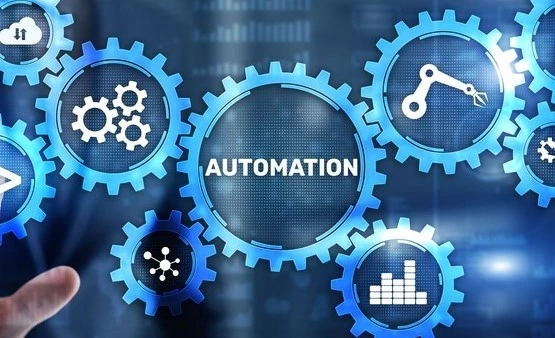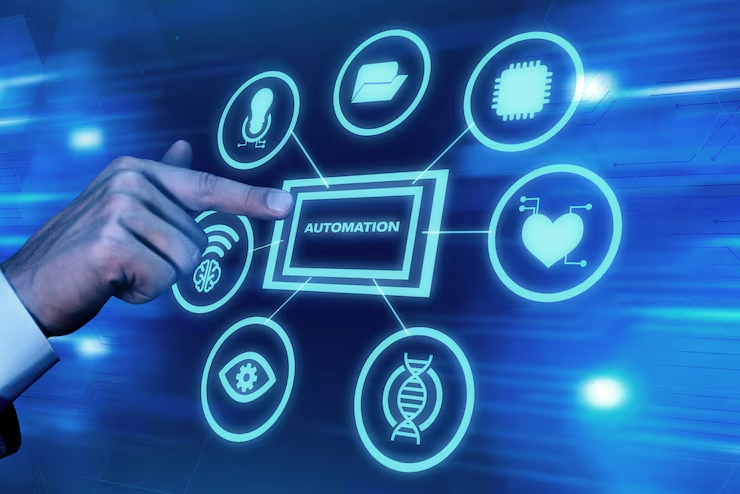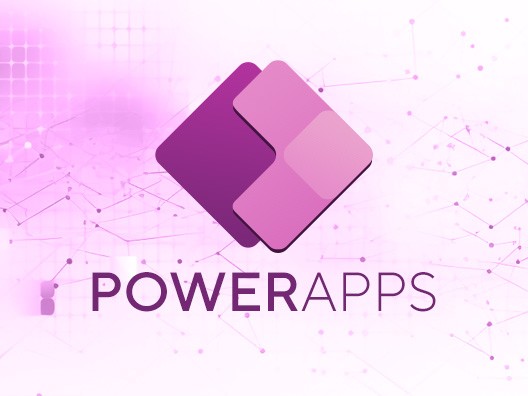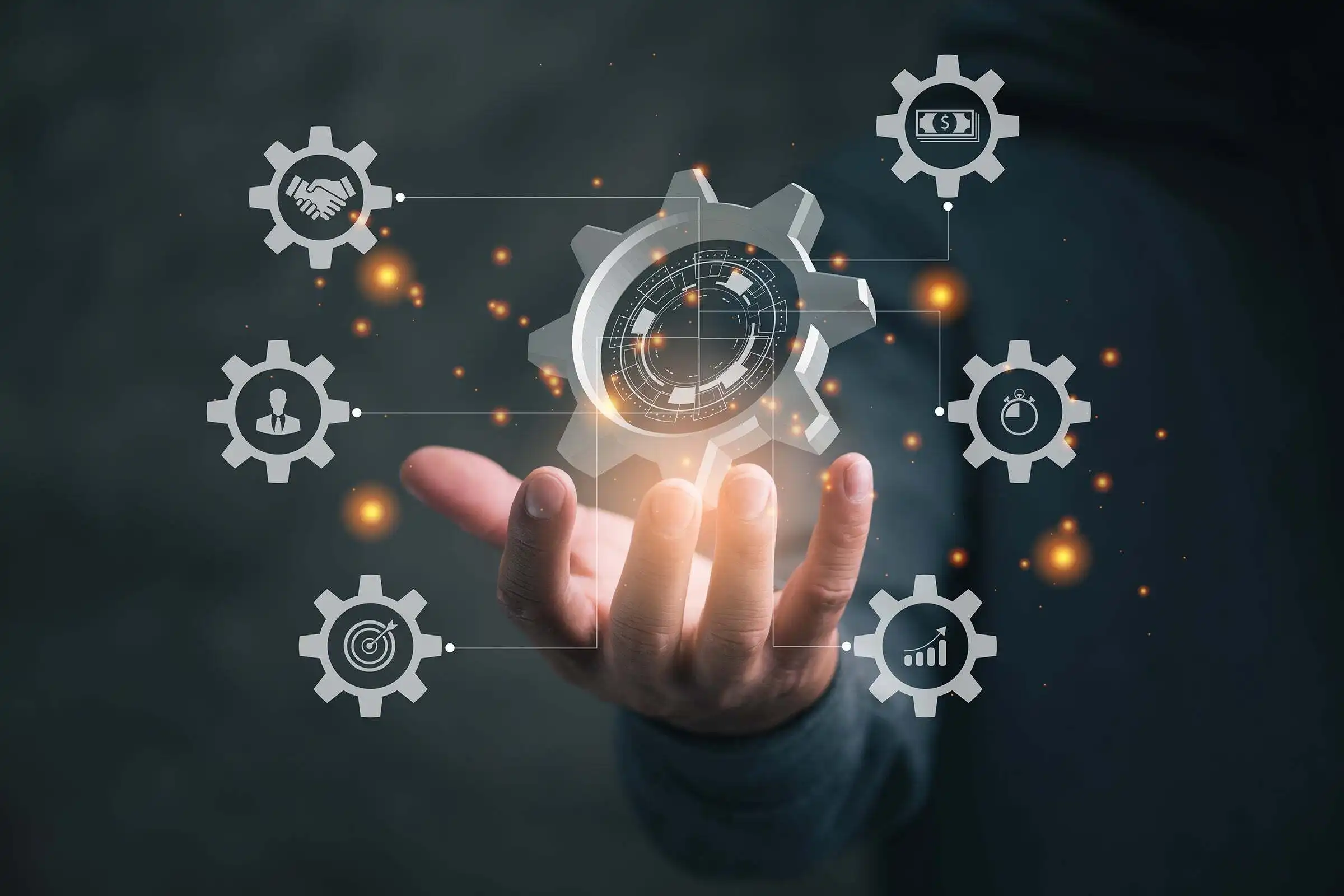Artificial Intelligence (AI) is revolutionizing data analytics by enhancing the ability to collect, process, and analyze vast amounts of data. This transformation allows organizations to derive actionable insights more efficiently and accurately. Below are key areas where AI intersects with data analysis;
● Accelerating Data Processing & Cleaning
AI automates the once tedious tasks of data cleaning, merging, and validation turning what used to take days into minutes. Tools now reliably handle missing values, detect duplicates, and correct inconsistencies, enabling analysts to focus on deeper insights.
● Automated Insight Generation & Visualization
Generative AI tools (like Agentforce and others) can surface patterns and correlations automatically, even generating charts or narrative-style summaries. They help users stay on top of anomalies, trends, and relationships without manual digging.
● Code Generation & Workflow Automation
AI assistants can write SQL queries, Python or R scripts, and even automated reporting pipelines. Platforms such as Fabi.ai, KNIME, Snowflake, and Databricks integrate AI to generate and validate code, streamlining processes from extraction to dashboard delivery.
● Natural Language Interfaces & Data Democratization
Non-technical users can now ask questions like “Show me last quarter’s sales by region” in plain English and get accurate visualizations or insights back—thanks to AI-powered natural language querying in Tableau, Power BI, and others.
● Predictive Analytics & Decision Intelligence
AI-driven predictive models identify risks (like customer churn or supply bottlenecks) before they occur. These models support strategic planning by forecasting business outcomes based on historical and real-time data.
● Enhanced Data Governance & Fact-Checking
Innovations in AI-powered data governance automate lineage tracking, anomaly detection, and fact validation in real-time. This ensures high data quality and boosts confidence in analytics-driven decisions .
Real-World Use Cases
- Contract Review & Compliance: The Colombian Security Council uses a generative AI chatbot to triage chemical safety incidents during emergencies.
- Enterprise Analytics at Scale: KPMG’s $100M partnership with Google Cloud integrates GenAI for fraud detection, performance analytics, loan automation, and accelerated healthcare insights.
- Investor Intelligence: Platforms like Robinhood and Public employ AI to parse filings and earnings calls, offering investors fast, actionable insight.
Considerations & Best Practices
Guard Against AI Hallucinations
Always review AI-generated queries or code for accuracy—don’t blindly trust outputs
Start with Clean Data
While AI can handle messy data, preprocessing and labeling remain vital to improve performance
Secure Data & Comply with Regulations
Use tools with strong privacy policies (e.g. SOC2, GDPR); ensure sensitive data stays protected
Blend AI With Human Oversight
Keep data experts in the loop to interpret insights, refine models, and contextualize trends.
AI is rapidly turning data analytics into a more accessible, automated, and strategic discipline. By accelerating data prep, generating insights, enabling natural language interactions, and powering predictive models, AI tools are transforming how organizations extract value from data.
To stay ahead, businesses must adopt appropriate AI platforms, build governance around outputs, and keep skilled analysts at the heart of the decision-making process ensuring a synergy between human expertise and machine efficiency.






